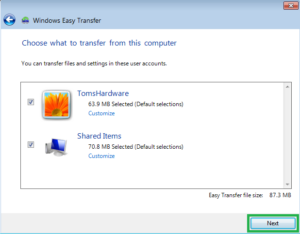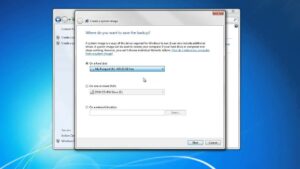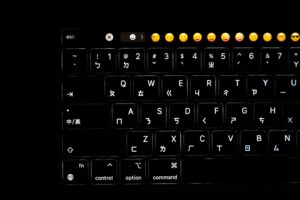Know These Windows CMD Commands

Know These Windows CMD Commands
Understanding Windows Command Prompt (CMD) helps enhance your efficiency while handling files, adjusting network settings, or resolving system difficulties. From simple file operations to complex network control, this article covers our top Windows CMD commands for IT pros.
This Windows CMD commands list includes the essential admin CMD commands for Windows administration, whether you’re a newbie or an IT specialist trying to improve.
Windows CMD file management commands
This initial set of Windows admin CMD commands streamlines copying, removing, and managing files and directories, improving routine tasks and workflow.
copy
Copy files.
del
Files are deleted. Deleting “file.txt” from the current directory is an example.
rename
Renames file. Rename file.txt. It renames the file “newfile.txt”.
xcopy
Copy files and directories, including directory trees and system/hidden files, using specified parameters.
find
Finding a text string in a file or files allows basic text filtering.
robocopy
Solid directory sync tool for backups.
subst
A local folder becomes a drive letter.
attrib
Edits file or directory characteristics. Also use this Windows 11 CMD command: Show hidden files using attrib -h -s -r C:pathtofolder.
cipher
File and folder encryption/decryption.
Directory management and navigation WinCMD commands
Use these Windows CMD commands to effectively navigate directories and manage folder hierarchies.
cd
Alters your directory.
cd / navigates to the root directory.
dir
Lists directory files and subdirectories.
makedir
Makes a directory.
rmdir (or rd) removes a directory.
tree
Shows disk or path folder structure graphically.
Configuring and diagnosing networks WinCMD commands
Network configuration commands help diagnose and connect networks. Here are some critical Windows admin CMD commands for precise network tasks:
ipconfig displays current TCP/IP network settings and updates DHCP and DNS settings. More ipconfig commands are here.
ping
Tests network device reachability.
tracert
Traces a packet’s journey to a network host to uncover network issues.
Netstat displays active connections, ports, Ethernet statistics, and IP routing table.
nslookup
Requests domain name or IP address mapping from DNS.
netsh
Configures practically every network option.
arp -a
Interrogates protocol data to display ARP entries. IP and MAC addresses are shown.
hostname
Displays the computer’s network name for identification and troubleshooting.
pathping
Combined ping and tracert functions provide greater network path and latency information.
getmac
Displays network card MAC address.
Use nbtstat to troubleshoot NetBIOS connections via TCP/IP and see protocol statistics.
shutdown /i
Network management remote shutdown tool.
System info WinCMD commands
Troubleshooting in safe mode, system monitoring, and optimizing Windows need detailed system information. These Windows CMD commands provide extensive system information:
Systeminfo provides in-depth information about your system, including OS settings, hardware, and network characteristics.
winver
Quickly detects Windows version.
Tasklist displays all running processes with their Process ID (PID).
taskkill /PID [pid_number]/F
Forces unresponsive or resource-hogging processes to end. Replace [pid_number] with your tasklist PID.
wmic
WMI information allows extensive system administration using subclasses (e.g., wmic product get name, wmic cpu get name).
Windows CMD disk management commands
A strong alternative to graphical user interface tools, disk management commands let you control storage resources from the command line. These utilities to optimize system performance and organization conclude our Windows CMD commands list.
These Windows CMD commands assist with disk management:
diskpart
Disk partitioning utility.
chkdsk
Checks disk problems and fixes file system.
format
Formats a disk with a file system.
list disc
Displays all computer disks.
choose disk [number]
Choose the disk to operate on.
clean
Selects drive and removes all partitions.







